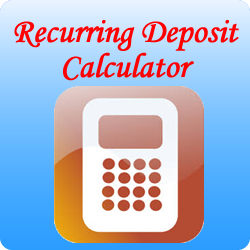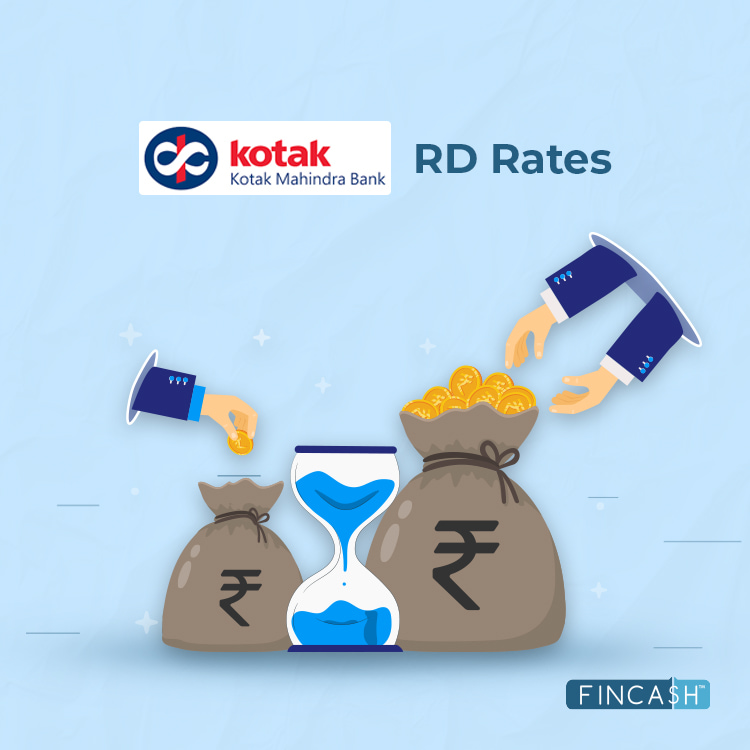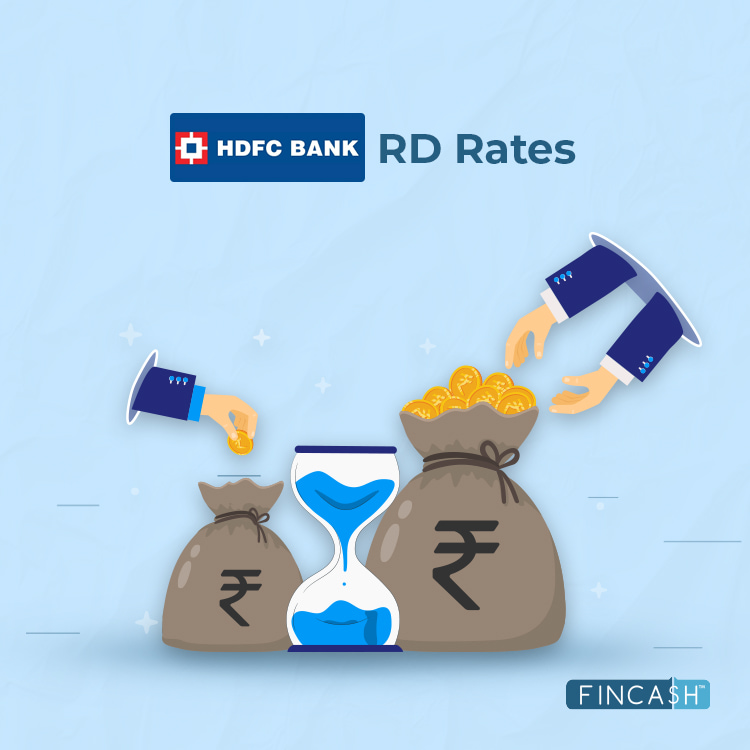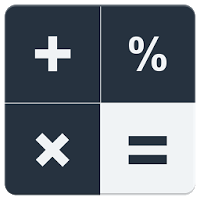
Table of Contents
RD Calculator – Recurring Deposit Calculator
A Recurring deposit calculator is an online tool used for calculating the maturity amount of a Recurring Deposit scheme. The Recurring Deposit is a saving avenue which works like SIP (Systematic Investment plan) of a Mutual Fund, wherein customers will have to invest a certain amount every month and can avail a Fixed Rate of Interest from the Bank, until the maturity period.
At the end of the scheme, customers will receive the maturity amount, which is the sum of their deposit along with the payable interest. With the help of an RD calculator, customers can determine their maturity amount, even before starting an investment. In this article, we will understand in detail about RD calculator, RD account, RD Interest Rates and formula to calculate RD interest.
Recurring Deposit (RD)
In a Recurring Deposit, a fixed amount of money is deducted every month either from a Savings Account or a current account. At the end of the maturity period, investors are paid back their invested funds with accrued interest. Recurring Deposit, is an investment cum savings option for those who want to save regularly over a certain period of time and earn a higher interest rate.

This scheme is advantageous for those who wish to invest a certain amount and earn guaranteed returns. While Investing in a RD scheme, investors can make use of an RD calculator to calculate the specific amount that they wish to receive over a certain period of time.
RD Calculator
An RD calculator is a valuable tool for those who are looking to invest their hard earned money in a systematic way. RD calculator evaluates the maturity value of the deposits made under the Recurring Deposit scheme. But how do you use this calculator?
Investment Amount:₹180,000 Interest Earned:₹24,660 Maturity Amount: ₹204,660Recurring Deposit Calculator
The entries to make in an RD Calculator are-
a. Monthly Deposit Amount
The amount you are looking to invest every month. The minimum amount of deposit may vary bank to bank.
b. Saving Term (Periods)
Number of months you would want to make an investment in RD scheme.
For example-
- 1 years - 12 months
- 5 years – 60 months
- 10 years – 120 months
- 15 years – 180months
- 20 years – 240 months
c. Rate of Interest
The rate of interest offered by the bank for the RD. This varies according to the bank’s policies.
d. Frequency of Compounding
You need to choose the type of compounding for the interest, that is how frequently you expect the interest to be compounded. This can be of various types- Monthly, Quarterly, Half Yearly and Yearly.
Once you enter these values and submit, the result would be stating the maturity amount that would be achieved after the specified tenure.
Below is the illustration of RD Calculator-
| RD Calculator | Parameters |
|---|---|
| Deposit Amount | INR 1000 |
| Saving Terms (in months) | 60 |
| Date of Opening RD | 01-02-2018 |
| Due Date of RD | 01-02-2023 |
| Rate of Interest | 6% |
| Frequency of Compounding | Monthly |
| RD Maturity Amount= 70,080 |
Talk to our investment specialist
RD Interest Rates
The interest rate at every bank may vary, but it typically ranges between 6% to 8% p.a., and at the Post Office it is 7.4% (depending on prevailing Market conditions). Senior citizens get 0.5% p.a. extra. The interest rate, once determined does not change during the tenure. Investors who want to pay more than one instalment at a time, can also do so.
Even if interest rates may vary bank to bank, customers can determine their potential Earnings by using an RD Calculator or an RD interest calculator (example illustrated below).
| RD interest calculator | |
|---|---|
| Amount | INR 500 pm |
| Interest Rate | 6.25% Per annum |
| Period | 12 months |
-Total Amount Paid- INR 6,000
-Total Maturity Amount- INR 6,375
-Total Interest Receivable- INR 375
Formula to Calculate RD Interest
When it comes to Recurring Deposits, the interest amount is compounded every quarter. By using compound interest formula, customers can easily get the maturity value.
Formula
The formula used to calculate compound interest is as follows-
A= P(1+r/n)^nt
Where, A= Final amount P= Initial Investment i.e. principal amount r= Interest rate n= Number of times the interest is compounded per year t= Tenure of the scheme
Sample Illustration
If you invest INR 5000 monthly with an annual interest rate of 6% which is compounding quarterly, then after 5 years your total invested amount INR 3,00,000 will grow to INR 3,50,399. You will be making a net profit of
INR 50,399in your savings.
RD Account
Almost all the major banks in India offer the Recurring Deposit account as a product. At a public sector bank, an RD account can be opened with a minimum amount of INR 100. While, at private sector banks the minimum amount to be deposited is INR 500 to INR 1000, whereas in a post office one can open an account at just INR 10. Some banks have an upper limit of INR 15 lakh, while others don’t have any such upper limit. The tenure for a Recurring Deposit is a minimum of three months and maximum of 10 years.
All efforts have been made to ensure the information provided here is accurate. However, no guarantees are made regarding correctness of data. Please verify with scheme information document before making any investment.












